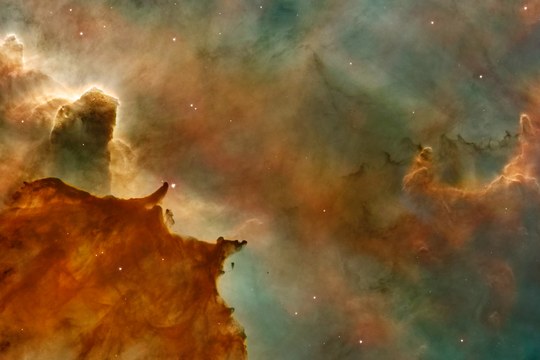
12. Analysis of Astrophysical Data
Docenti
Cristian Vignali (UNIBO-DIFA) – Michele Ennio Maria Moresco (UNIBO-DIFA) – Alessio Mucciarelli (UNIBO-DIFA)
2 CFU - 16 ORE / 2 UEC - 16 HOURS
OBIETTIVI FORMATIVI / LEARNING OBJECTIVES
In the first part of the module (led by Prof. C. Vignali), the student will be introduced to the properties of focusing X-ray telescopes. Then he/she will be led through few examples of data analysis with current X-ray telescopes and their interpretation in the light of accretion physics. Finally, the student will be guided to the new windows that forthcoming X-ray facilities will open, with a particular focus on high-resolution spectroscopy.
The high-level learning objectives of this part of the module are:
- Understanding the principle of double grazing incidence;
- Expertise in X-ray data (imaging, timing, and spectral) analysis and their interpretation;
- Familiarity with current and forthcoming X-ray facilities.
In the second part of the module (led by Prof. M. Moresco), the student will be given a general introduction to spectroscopy, discussing the main optical elements and relevant quantities (e.g., prism, grating, grism, spectral resolution, signal-to-noise ratio, ...) and as well the different modes with which spectroscopic data can be acquired (slit, slitless). He/she will learn the basics of spectral analysis and of the fundamental spectral measurements (line, flux, equivalent width, full width half maximum, continuum, error estimate, ...), and how the measurements are performed. Finally, the student will learn the main kinematical and physical quantities that can be derived from spectroscopic data (velocity, velocity dispersion, mass, metallicity, extinction, ...) and the methods to obtain them.
The high-level learning objectives of this part of the module are:
- Knowledge of the basics of spectroscopic data;
- Expertise in the fundamental techniques to perform spectral measurements;
- Understanding of the physical and kinematical information that can be obtained from spectral measurements, and of the available techniques and methods to extract these.
In the third part of the module (led by Prof. A. Mucciarelli), the student will be introduced to the main techniques concerning the photometric data, with a particular interest to the analysis of data from space telescopes.
The lectures of this part of the module will present
- the basic concepts concerning the photometric data (point-spread function and its description, photometric filters, seeing versus diffraction-limited data);
- the main techniques to measure magnitudes (aperture photometry and PSF-fitting), fluxes, positions and proper motions from photometric data;
- the presentation of some (current and future) space facilities (Hubble Space Telescope, Gaia, James Webb, Euclid) and the impact of their photometric data related to some specific astrophysical science cases.
Piano didattico
-
Scarica il piano didattico